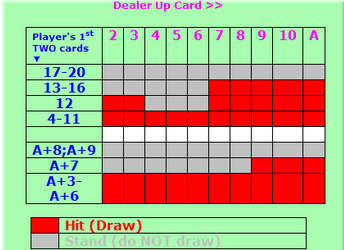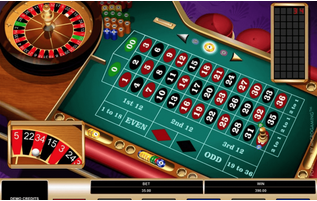When a player makes a bet in blackjack, the dealer deals two cards to each player and one card to himself (one face up, one face down). Then players decide whether to hit (take another card), stand on their current hand, split (if the pair of cards have the same value, separate them to make two hands), or surrender. If the player’s card total is higher than the dealer’s, they win. If their hand is closer to 21 than the dealer’s, they “push” or tie the game.
If the dealer’s cards are Ace, King, or Jack, it is a natural, or blackjack, and is an automatic winner. Other cards are valued at their face value. Aces can be worth 11 unless it would cause the player to bust, and then they are counted as one point. A hand that has a value of 21, or close to it, is called a Soft hand. A hand that goes over 21 is a “Bust” and a loss.
The object of blackjack is to beat the dealer’s hand by having a card total greater than or equal to 21, or by having a hand that causes the dealer to bust. The dealer wins if his or her card total is higher than a player’s hand, or if the player’s hand is a bust. The dealer also wins if his or her hand is higher than the player’s and does not bust.
While the basic rules of blackjack are simple, learning to manage your hand and the dealer’s hand is a complex process that requires weighing risk against reward. It is important to understand the different situations in which you can double down, when to split pairs, and how to play your cards.
When to Double Down
Generally, it is good to double down when you have a soft hand and the dealer shows a lower card than yours. This is because you have a great chance of improving your hand to 21. You should never double down when you have a hard hand, as you will most likely bust.
When to Double Down
When playing blackjack, you should always try to avoid splitting pairs unless it is the best option for your particular situation. However, if you have a pair of eights, it is usually better to split them than to stand them. This is because a pair of eights has a very high probability of busting, and it will usually be better to have two safe hands than one risky hand.
If you have a pair of 10’s, it is usually a good idea to split them, as this will give you the maximum number of cards possible for your total. You can re-split pairs up to three times, as long as each additional card is a 10. In addition, you may split any pair of ten-value cards except for Aces. If you receive any ten-value cards on a split Ace, you have a total of 21, which is considered a Bust and a loss.



